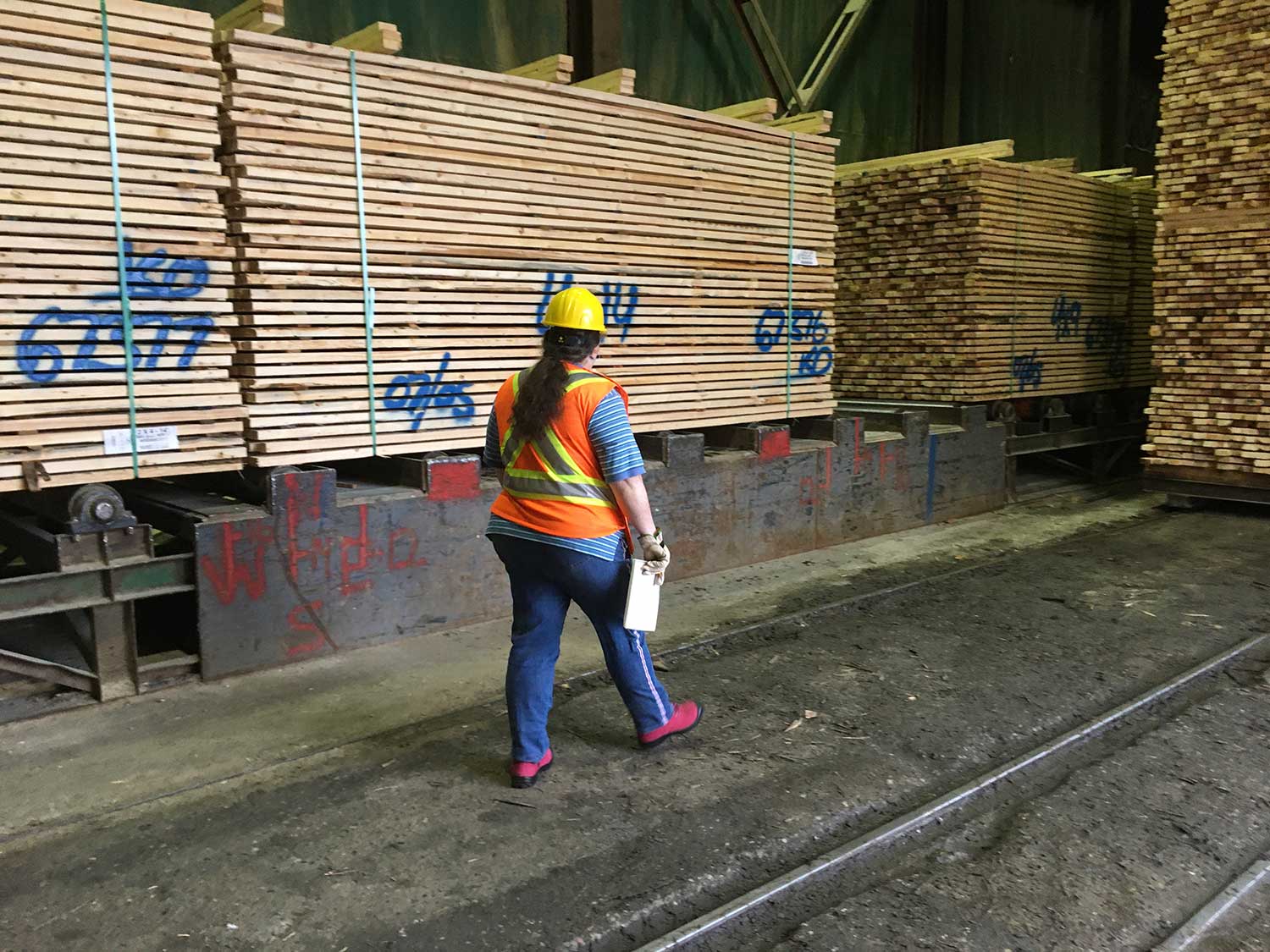
Improving Manufacturing Efficiency Through Process Optimization
September 22, 2025What if you could produce more, spend less, and improve quality without adding more people or equipment?
This is the core of process optimization. It's a key strategy that forward-thinking Canadian manufacturing firms are using to stay competitive.
In this article, we'll explore what process optimization is, why it's so important, and practical ways you can start improving your own operations. This article is especially for those in Ontario and beyond who want to make their production smarter and more effective.
The Importance of Process Optimization
Process optimization is the systematic approach to making manufacturing workflows better. It's about finding and fixing bottlenecks, reducing waste, and improving every step of a process to get the best possible results.
Why does it matter? In today's fast-paced world, being efficient is no longer a choice—it's a requirement for success. By refining processes, companies can lower costs, increase output, and deliver higher-quality products. It's a foundational concept in industrial engineering. As an engineering consulting firm with roots in Farmington Hills, Michigan, and an office in Windsor, Ontario, we've helped many companies in the Canadian manufacturing sector find these kinds of gains.
Key Methodologies for Process Improvement
Lean Manufacturing
A lean manufacturing philosophy is all about eliminating waste. It's a simple but powerful idea: anything that doesn't add value for the customer is waste and should be removed. We can explain this with a simple acronym, DOWNTIME, which represents the eight common wastes in manufacturing:
Defects: Making products that are wrong or need rework.
Overproduction: Making too much, too soon.
Waiting: Idle time for people or machines.
Non-utilized talent: Not using employees' full skills.
Transportation: Unnecessary movement of materials.
Inventory: Holding too much stock.
Motion: Unnecessary movement by workers.
Extra-processing: Doing more work than needed.
Six Sigma
This is a data-driven method for improving quality by reducing errors. It focuses on finding and eliminating the causes of defects and mistakes in a process. Six Sigma follows a five-step plan known as DMAIC:
Define: What's the problem?
Measure: How big is the problem?
Analyze: What's causing the problem?
Improve: How can we fix it?
Control: How do we keep it fixed?
Lean and Six Sigma are often used together. Lean manufacturing helps you get a process running smoothly, and Six Sigma helps you get it running right every single time.

Practical Tips for Eliminating Waste
Before you can improve something, you have to understand it. Map your process using a simple flowchart to see where waste is hiding. For each step, ask: Does this step add value for the customer? Can we do this more simply? Why do we do it this way?
Engage your team. The people on the factory floor are often the best sources of ideas for improvement. Create a system where employees are encouraged to find and report waste.
Use modern tools. Technologies like our 3D laser scanning services can create a detailed digital model of your facility, helping you identify and fix layout issues that cause wasted motion and transportation. Industrial engineering principles applied with these tools can lead to big improvements.
Our manufacturing execution system (MES) services can help you go paperless on the shop floor, giving you a real-time view of your operations. This allows you to track material usage, monitor equipment performance, and manage work orders to improve production scheduling and reduce downtime.
Similarly, our simulation engineering services allow you to test changes and new layouts in a virtual environment before you spend money on physical changes. This lets you experiment with different scenarios to find the best possible solution without any risk.
The Benefits of Process Optimization
By getting rid of waste, you can transform your operations in multiple ways. A focused approach to process optimization isn't just about small gains; it's about creating a smarter, more resilient business. Here are some of the key benefits you can expect to see:
Reduced Costs: Eliminating waste directly impacts your bottom line. By optimizing your processes, you can lower costs related to materials, energy consumption, labor hours, and inventory holding. This efficiency translates to significant financial savings.
Improved Quality: When processes are standardized and streamlined, there's less room for error. This leads to fewer defects, better product consistency, and a higher overall quality of goods.
Increased Throughput: A more efficient process means you can produce more in less time. This allows you to meet customer demand faster, take on more orders, and increase your overall production capacity.
Enhanced Employee Satisfaction and Safety: Streamlining workflows often reduces repetitive or physically demanding tasks. A cleaner, more organized workspace leads to a safer environment and can boost employee morale.
Improved Adaptability and Innovation: A well-optimized process is a flexible one. When you have a firm grasp of your operations, it's easier to adapt to market changes or implement new technologies. This adaptability is vital for staying competitive in Canadian manufacturing.
Conclusion
By using principles from lean manufacturing and other methods, and by focusing on removing waste, you can achieve significant gains in efficiency, quality, and cost savings. This is a critical investment for any industrial engineering firm or manufacturer looking to succeed in the modern economy.
If you are in Ontario or anywhere in Canada and need help getting started on your process improvement journey, contact Design Systems Canada today.
Our firm has decades of experience helping companies like yours achieve their goals through expert engineering solutions and project management.
We can use our expertise in 3D laser scanning, simulation engineering, and MES to help you uncover hidden inefficiencies and build a plan for a more productive future.